by Dyumna Chhabra, Arts Coordinator, The Lewis Foundation of Classical Ballet
Movement is the life and soul of everyday life as it gives us the impetus to fully live up to the expectations of the day and end it feeling gratified. Dance, in its essence, is movement placed together artistically. It creates a mind-body connection that leads to an invigorating amalgamation of affective, behavioural, and cognitive processes.

Jazmine Bhanushali waiting to go onstage at her academic school
Many schools offer a plethora of opportunities for students to explore their interests when they are young. However, as they progress through their academic journey, these options often diminish, with the arts being one of the first areas to be sidelined. As academic commitments intensify, students either choose to or are asked to leave their passions and interests behind. Indeed, STEM (science, technology, engineering, and math) subjects open the door to multiple opportunities; however, it is the arts that open the humanitarian window for the brain. Engaging with the arts, particularly dance, allows students to develop higher processing skills, increase their focus, improve coordination, and enhance time-management skills. Ultimately, it gives students an understanding of a space that flourishes in pure creativity.
Dance also allows students to draw parallels between their academic subjects and movement. This perspective opens a unique, context-driven lens to the world. For example, a student of physics can apply their understanding of dance to grasp concepts of force, a math student can use their skills to achieve good musicality, and a literature student can find various avenues to deepen their appreciation of literary pieces and their history by treating dance pieces as their starting point. These possibilities are endless and allow students to step outside the confines of disciplinary boundaries.
The benefits of offering dance to higher grades in schools are abundant. Dance can be a source of inspiration, a passion to pursue alongside academics, a time to gather thoughts, a release from tension, and a pathway to mindfulness—all of which carry over into all facets of life.

Radha Nambisan and Jazmine Bhanushali, both accepted into full-time performing arts schools.
Without conscious effort, these benefits can go in vain. Thus, it becomes crucial for educators, parents, and students to take simple, and intentional steps. These may range from offering a dance elective to students, incorporating it into the school’s regular timetable for higher grades, to creating assignments that allow students to pursue them from an interdisciplinary angle. Concerns about time commitments and academic distractions are bound to arise, and it is crucial to understand that the benefits of the arts complement education and do not act against it.
Ultimately, a school that views movement as a source of knowledge and education can create an environment where students thrive academically, intellectually, and artistically. By embracing these possibilities, students can be given a holistic environment to shape themselves for the world.

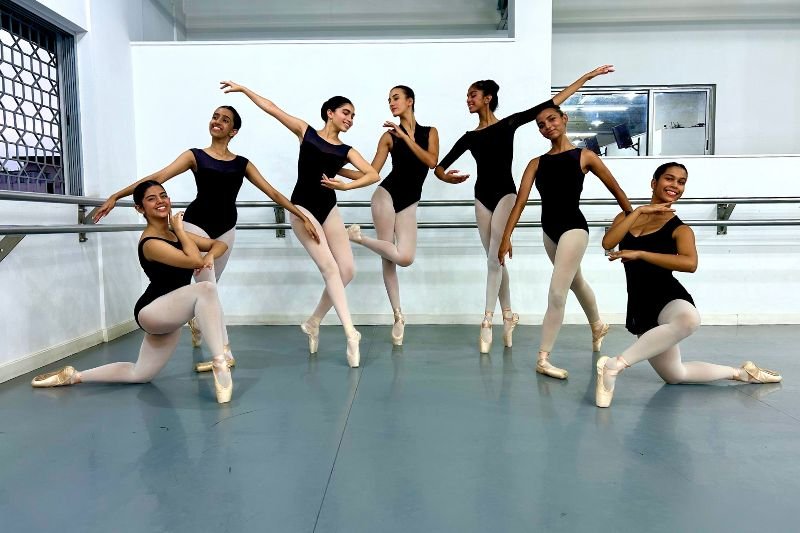

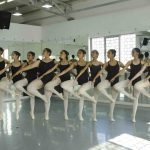

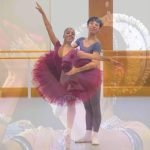
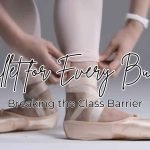
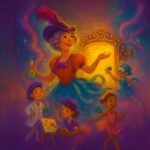
Leave a Reply